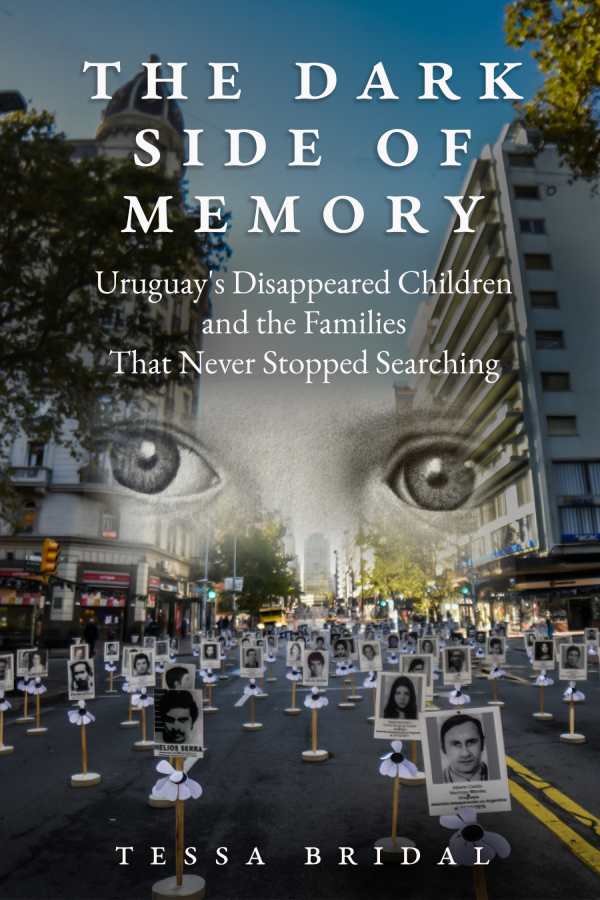The Dark Side of Memory
Uruguay’s Disappeared Children and the Families Who Never Stopped Searching
The Dark Side of Memory is a violent yet elegiac portrayal of the tragic Cold War disappearances of Uruguayan citizens.
Tessa Bridal’s historical book The Dark Side of Memory traces the intertwined lives of mothers, grandmothers, and children who tried to locate their lost loved ones in the aftermath of the brutal political events in Uruguay and Argentina in the 1970s and 1980s.
The Cold War spanned decades and fueled global conflicts. Its manifestation in South America was particularly gruesome, with dictators and paramilitary operators regularly “disappearing” people. The Dark Side of Memory puts a human face on this war, utilizing firsthand accounts and a variety of sources to tell the narratives of specific families who lost their children and grandchildren, and who sometimes spent decades tracking down leads on their whereabouts.
People like Sara, a committed revolutionary who was tortured by the military while not knowing the fate of her infant son, and Ester, who gave up on her daughter for dead and instead focused her search on her granddaughter, whom she believed was illegally adopted, populate the book. Their voices refuse to be silenced by war crimes. Their stories span decades, from the first glimmers of unrest in the late 1960s up through the 1990s. Some parents searched for their children for twenty years with the assistance of organizations like the volunteer-run Mothers of the Plaza de Mayo, which sought to connect kidnapped children with their families. Even robust networks could not account for every possibility, though; some children wanted to reconnect with their families of origin, while others resented the intrusions into their adoptive families.
Told chronologically, these overlapping stories of those who survived—and those who did not—breathe life into the long history of these oppressive regimes. The paramilitary forces did not operate in a vacuum, Bridal reveals; many of them received funding from the US as part of the attempt to battle global spurts of communism. A historical timeline at the end of the book supplements the narrative, while an epilogue ties together loose threads in the lives which the book follows, placing the events recounted in a global context.
With plausible claims and convincing reporting on historical events, this accessible history translates Uruguayan cultural customs for foreign readers. Its scenes are vibrant with details; some, as with descriptions of Sara’s detention and torture, are graphic portrayals of human rights violations. Multiple assassinations are depicted, alongside plentiful images of the bureaucratic dead ends that frustrated family members faced. Illness, trauma, and death haunt these stories, showing on an embodied level the aftereffects of nations torn into opposing factions.
The Dark Side of Memory is a violent yet elegiac portrayal of the tragic disappearances of hundreds of Uruguayan citizens during the Cold War era of South American dictatorships, shown through the lens of a handful of families who, despite their suffering, never gave up on one another.
Reviewed by
Jeana Jorgensen
Disclosure: This article is not an endorsement, but a review. The publisher of this book provided free copies of the book and paid a small fee to have their book reviewed by a professional reviewer. Foreword Reviews and Clarion Reviews make no guarantee that the publisher will receive a positive review. Foreword Magazine, Inc. is disclosing this in accordance with the Federal Trade Commission’s 16 CFR, Part 255.

